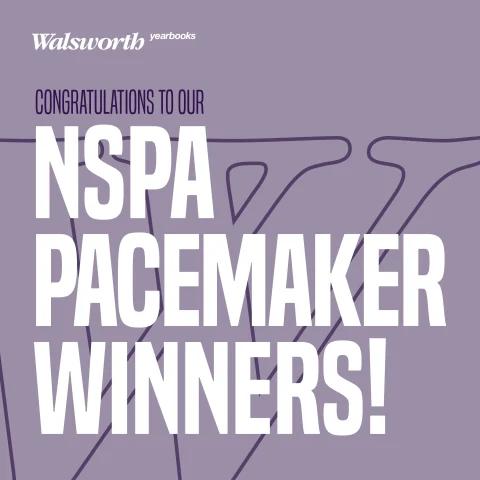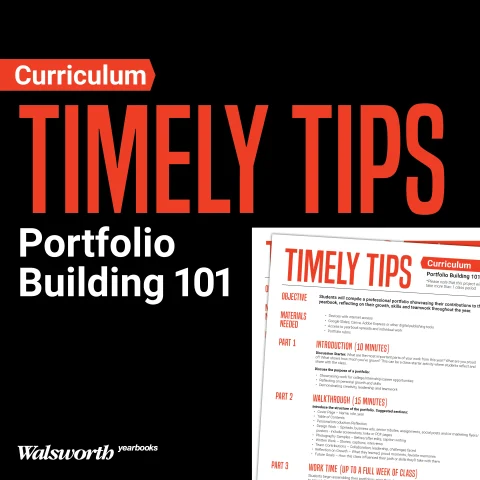Five easy steps to creating pictures with words
“If your pictures aren’t good enough, you aren’t close enough.”
Robert Capa’s advice to photographers is just as true for those who create pictures with words instead of cameras. Rich Martin, managing editor of The Roanoke Times, Roanoke, Va., maintains if a story is not good enough, the writer is probably not close enough either. A photographer knows he has to move in close or use special lenses to get a photo that is good enough. But, how does a writer get ready for a close-up?
Any writer who can count backwards from five is already within shouting distance of the answer. The countdown to a “close-up” story can be an easy step-by-step process.
A Party of Five
Find at least five people with a stake in the event or activity you are reporting and begin by asking them these five foolproof questions:
1. What are the first words that come to mind when you think about the event? Why did you pick those words?
2. What are the first images that come to mind about the event? How did the event look? Smell? Sound? Feel? Keep asking questions until you come up with a list of details on which to base your story.
3. Why did this event really matter to you or to anyone else? If you cannot find out why it mattered, your story will not matter much either.
4. What was the biggest challenge facing the people responsible for the event? How did they meet this challenge?
5. What surprised you most about the outcome of the event?
You may not actually use information from all five sources or answers from all five questions, but it is certainly better to have too much information than not enough. You never know when someone will remember one tiny detail that everyone else overlookedjust the right detail to give your story that “close-up” feeling.
A Difference of Four
Keep asking questions like the ones above until you have uncovered at least four differences that make the event
you are covering stand out from other similar events. No prom is exactly like any other prom. No football season is exactly like any other season. No year is exactly like any other year. No school is exactly like any other school.
The differences make a story interesting. When you find at least four differences, you are on your way to a story that almost writes itself. Remember that the difference is always in the details.
Three’s a charm
Highlight the three most revealing quotes you have
gleaned from your interviews. A feature story with too few quotes almost always points to a lazy writer, but a story with too many quotes does not speak well for the writer either. The length, voice and complexity of the story dictate the number of quotes you will actually want to use.
Although no magic number of quotes works for every story, keep digging until you have uncovered at least three really revealing ones from which to choose. Select only the absolute best quotes and shape and guide the story with them. Imagine each quote screaming in large, bold type. If you would not be proud to see the quote used big and bold, do not bother to use it at all.
Two’s company
Two heads really can be better than one, especially if one of them is a good listener. Before you write the first word of your story, discuss it with a reader you trustperhaps your editor. Have him ask you all the questions a curious, intelligent reader really will want to know. Watch for your listener’s reactions. What brought a smile? A question? A nod? A yawn? If you can not interest someone in a story when you are talking about it, chances are your written story will not prove interesting, either.
After you have talked through your story and written the first draft, equip your listener-turned-editor with two highlighters, a light green one and a yellow one. Ask your editor to use the green highlighter on those lines, images, and quotes that have that “go ahead” feeling. Have the editor use yellow highlighting to warn you about places that need revision, perhaps tightening, details, quotes, examples, or clarification. Try to figure out why some lines got a green “go ahead” and others deserved a yellow “caution” sign. Then rework your color-coded draft until all the yellow is gone.
This color-coded method of editing lets you see your strengths quickly and ensures you will remember your mistakes longer than if an editor corrected your story for you. It is far less time-consuming for the editor, too.
One for the books
“What’s it all about?” Every story needs to have one angle, and often that angle should beg to be mentioned in the headline. Better yet, think of the headline first and let the content of the headline control the way the story unfolds. Although the advice to write the headline first is contrary to the way most professional publications work, the practice almost guarantees the clear focus absolutely essential in achieving a story that bleeds green.
Five sources, four differences, at least three revealing quotes, a candid prewriting discussion by two people, and one clear angle. When it is all said and done, those components add up to a story that will make your yearbook audience just a little bit closer to the year they have left behind.



